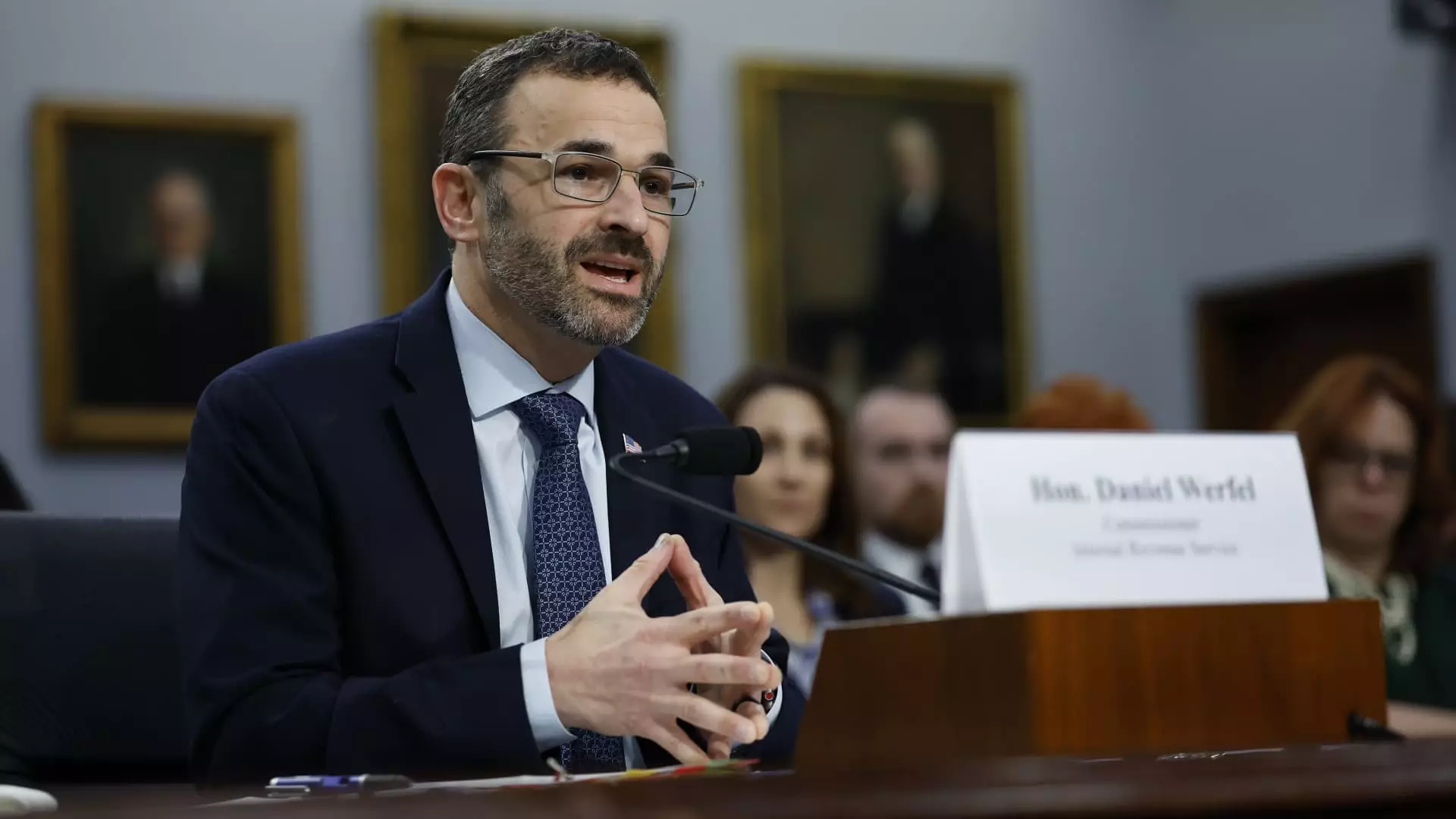The Internal Revenue Service (IRS) has made notable strides in improving how millions of Americans can file their taxes, announcing that over 30 million taxpayers will gain access to the Direct File program in 2025. This initiative aims to offer a useful solution for those seeking a cost-effective way to manage their tax obligations efficiently. Originally piloted in 2024 across 12 states, the program’s subsequent expansion to an additional 12 states underscores the IRS’s commitment to making tax filing more accessible and streamlined for American citizens.
The Direct File initiative was first introduced during the 2024 tax season, and it catered to taxpayers with relatively straightforward financial situations, such as those receiving W-2 wages or Social Security retirement benefits. However, it notably excluded individuals involved in gig economy work or contract-based jobs, highlighting a significant gap that the second year of the pilot seeks to address. As the program broadens its reach in 2025, it will accommodate additional income types, including pension and annuity earnings, thus providing a more comprehensive filing solution for a wider audience.
For the upcoming tax season, enhancements to the Direct File program include support for an array of tax credits that are crucial for many families, such as the child and dependent care credit and the premium tax credit associated with Marketplace insurance. These modifications align with IRS Commissioner Danny Werfel’s vision for the program, emphasizing its role in assisting working families facing typical tax scenarios. Additionally, the continuation of above-the-line deductions, alongside the introduction of health savings account contributions, illustrates a deliberate effort to accommodate growing taxpayer needs while simplifying the filing process.
During the initial pilot phase, over 140,000 individuals utilized Direct File, collectively saving an impressive $5.6 million in tax preparation fees. These statistics serve as a compelling endorsement for the program’s efficacy and its potential to alleviate financial burdens for ordinary taxpayers. By extending the scope of supported tax situations, the IRS aims to further encourage participation, ultimately improving taxpayer compliance and satisfaction.
Looking forward, the IRS and U.S. Department of the Treasury have hinted at continued expansion beyond 2025. As the program refines its offerings, taxpayers can expect to see additions catering to a broader range of income types and more complex financial situations. By prolonging its focus on inclusivity, the Direct File program appears poised to revolutionize the tax filing experience for millions of Americans.
The expansion of the IRS Direct File program signals a pivotal advancement in the realm of tax assistance, especially for everyday citizens. By embracing complexity and fostering ease of use, the IRS not only demonstrates responsiveness to taxpayer needs but also establishes a robust framework that could reshape how Americans engage with their annual tax responsibilities. As we anticipate further changes in subsequent years, this program’s gradual development reflects a proactive approach toward a more user-friendly tax environment.

